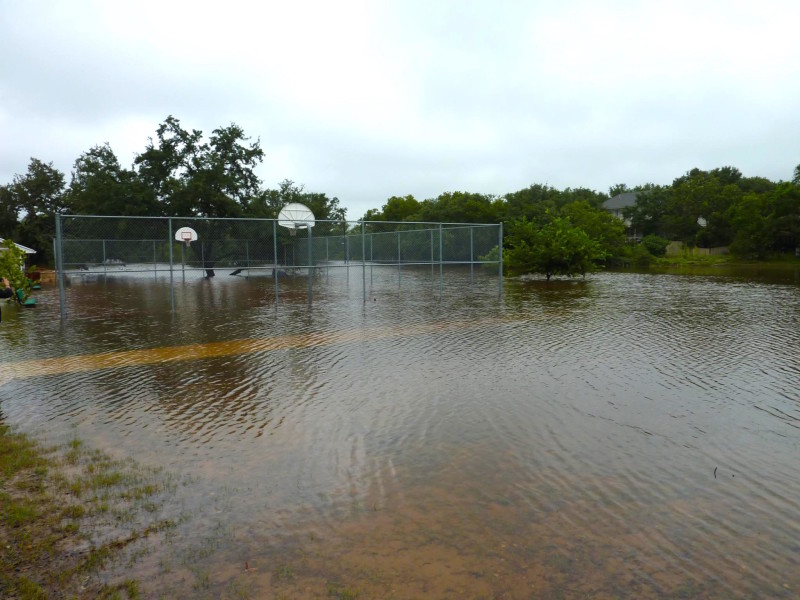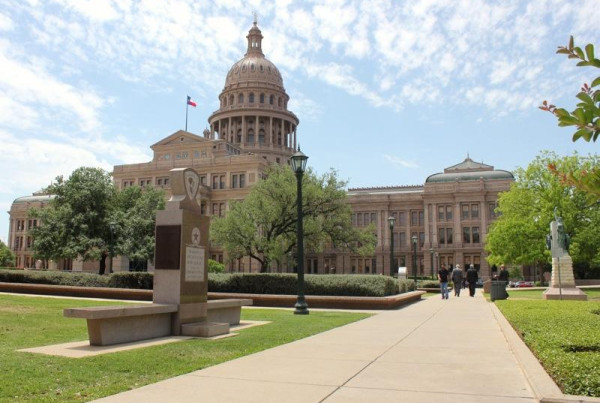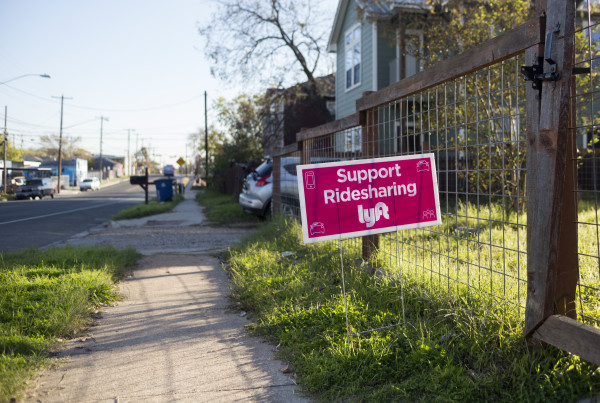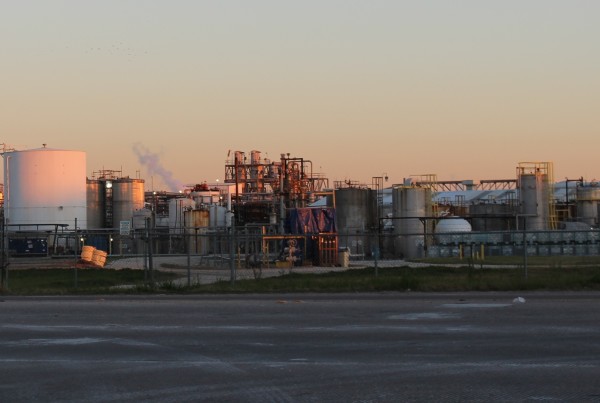More rain and thunderstorms are forecast for a large swath of Texas this weekend – not exactly welcome news to residents in 21 counties listed in a state disaster declaration signed by Gov. Greg Abbott this week.
Residents, business owners, and emergency management officials will be closely monitoring the storm, leaving some to wonder whether parts of southeast Texas could be declared as a federal emergency if rains drench the state.
But what is the threshold for a federal “disaster”?
William Donner, director of the Center for Survey Research at University of Texas Pan-American, says Abbott’s Disaster Proclamation for 21 Texas counties makes resources that wouldn’t normally be available to people accessible. Emergency management policy dictates that all response and mitigation is loca.
“When a local community or municipality or a county becomes overwhelmed in some way by a disaster, they can request support from the state,” he says. “That support can be material in nature – money, buildings, supply – or it could be enacting the National Guard.”
Donner says certain metrics, like economic loss and the number of people affected, provide a threshold to measure severity. Exceeding those levels prompts a disaster proclamation.
“To be honest, a lot of local communities, especially in Texas, have a lot of limited resources,” Donner says.
No Texas counties affected by these severe storms and flooding have been declared disasters by the federal government because, Donner says, the state has enough resources – for now.
“If at some point the state believes that it can no longer effectively address the needs of the population, can no longer effectively mitigate the risk associated with the flooding – at that point the governor will put in a formal request to the president to enact a (federal) disaster declaration.”
Listen to the full interview in the audio player above.

















